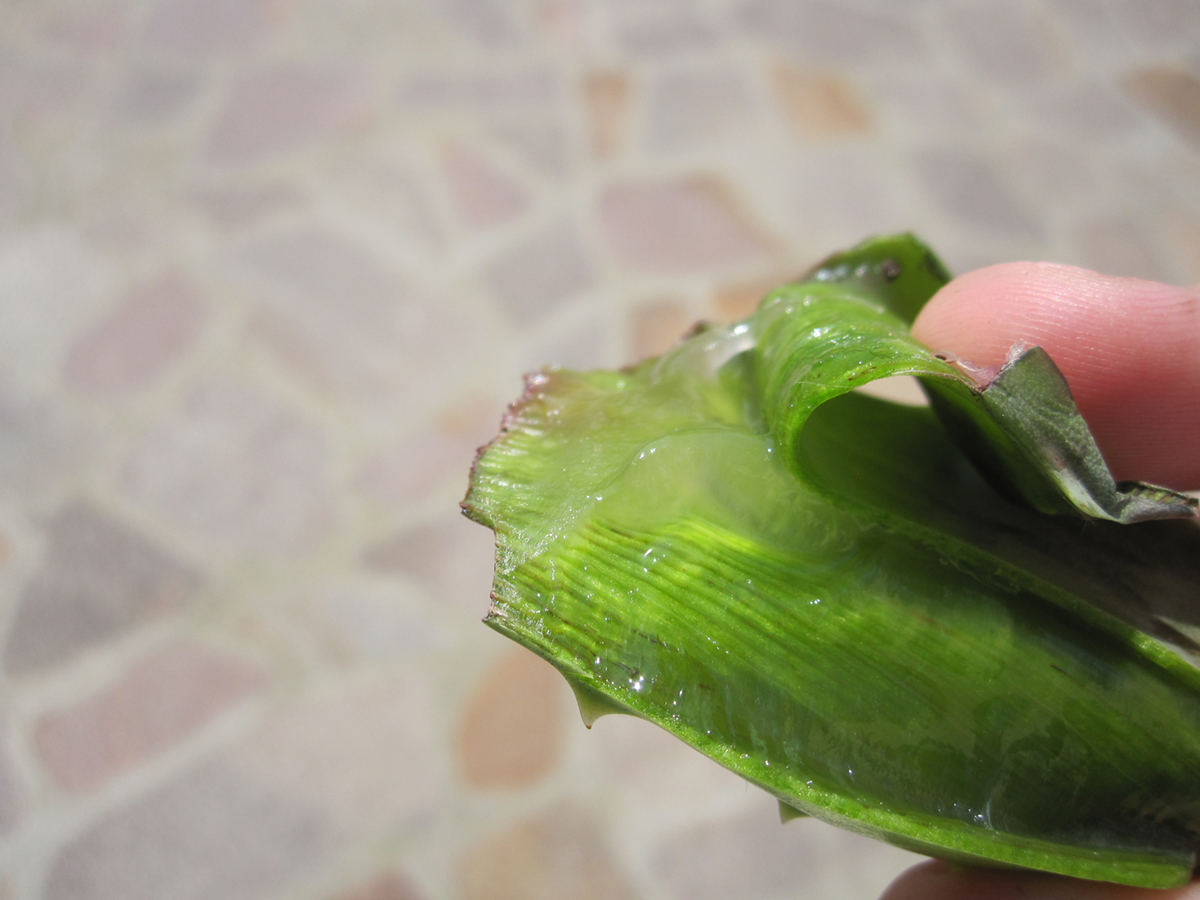
GERD, acid reflux and gastroesophageal reflux disease are the all terms for condition in which liquid stomach content flows up into the lower section of the esophagus. Beside undigested and/or partially digested food, this liquid contains hydrochloric acid and pepsin, secreted by stomach, and may contain bile, that came to stomach by backing up through the part of the small intestine directly connected to the stomach, known as duodenum. Thanks to corrosive properties of hydrochloric acid, this liquid can damage lining of the esophagus and cause inflammation. Pepsin and bile are also believed to contribute to the injuring of the lining.
Who suffers from GERD
Reflux of stomach contents actually happens to most people. The trick is that refluxed content in people that suffer from GERD contains more acid, and it reaches higher up the esophagus and remains in there for longer, thus making more damage to the lining of the esophagus, enough to cause inflammation. GERD is also common problem during pregnancy and in people suffering from diseases that weaken the esophageal sphincters (basically, sphincter serves as a valve).
Duration of GERD
GERD is commonly a chronic, life-long condition and usually requires permanent treatment. If treatment is stopped once the injured esophagus is healed, the injury usually reoccurs after a short while as there is still acid reflux, which will usually lead to another inflammation.
Natural defense mechanisms
Constant salivation, swallowing and gravitational pull resulting from upright position during wakefulness help to return refluxed stomach content back in the stomach. However, during sleep, these mechanisms are not functioning.
Herbal treatment
Including herbs that are known to be beneficial in relieving GERD symptoms in your daily regimen is a good way to fight GERD in a natural way. These remedies do not help if not used continuously, and should be incorporated in your diet permanently.
Soothing of esophageal irritation and reparation are obtained by use of Aloe Vera juice, whereas cinnamon improves digestion and peppermint improves the circulation of gastric juices. Food absorption and boost of digestion are obtained through usage of devil's claw. Prolonged treatment with deglycyrrhizinated licorice (DGL) prevents heartburn and replenishes inner mucus lining of the stomach.
DGL is taken in two 380-mg wafers between meals. Aloe Vera juice is also consumed between meals, two cups a day. Cinnamon can be used as spice or added to herbal tea. Peppermint is also taken in form of tea, so these can be combined. Devil's claw is used in daily increments of 1,5-2 grams.
Be aware that you may be allergic to some of these ingredients. Before including them in a diet, consult a specialist.



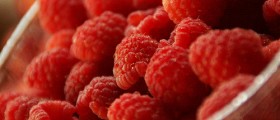






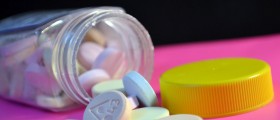
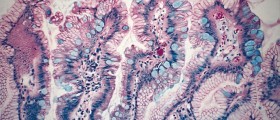

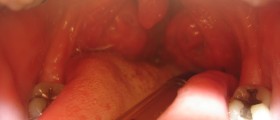
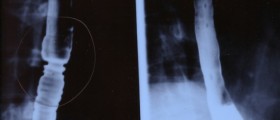
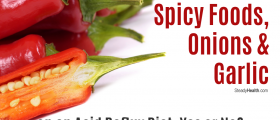

Your thoughts on this
Loading...